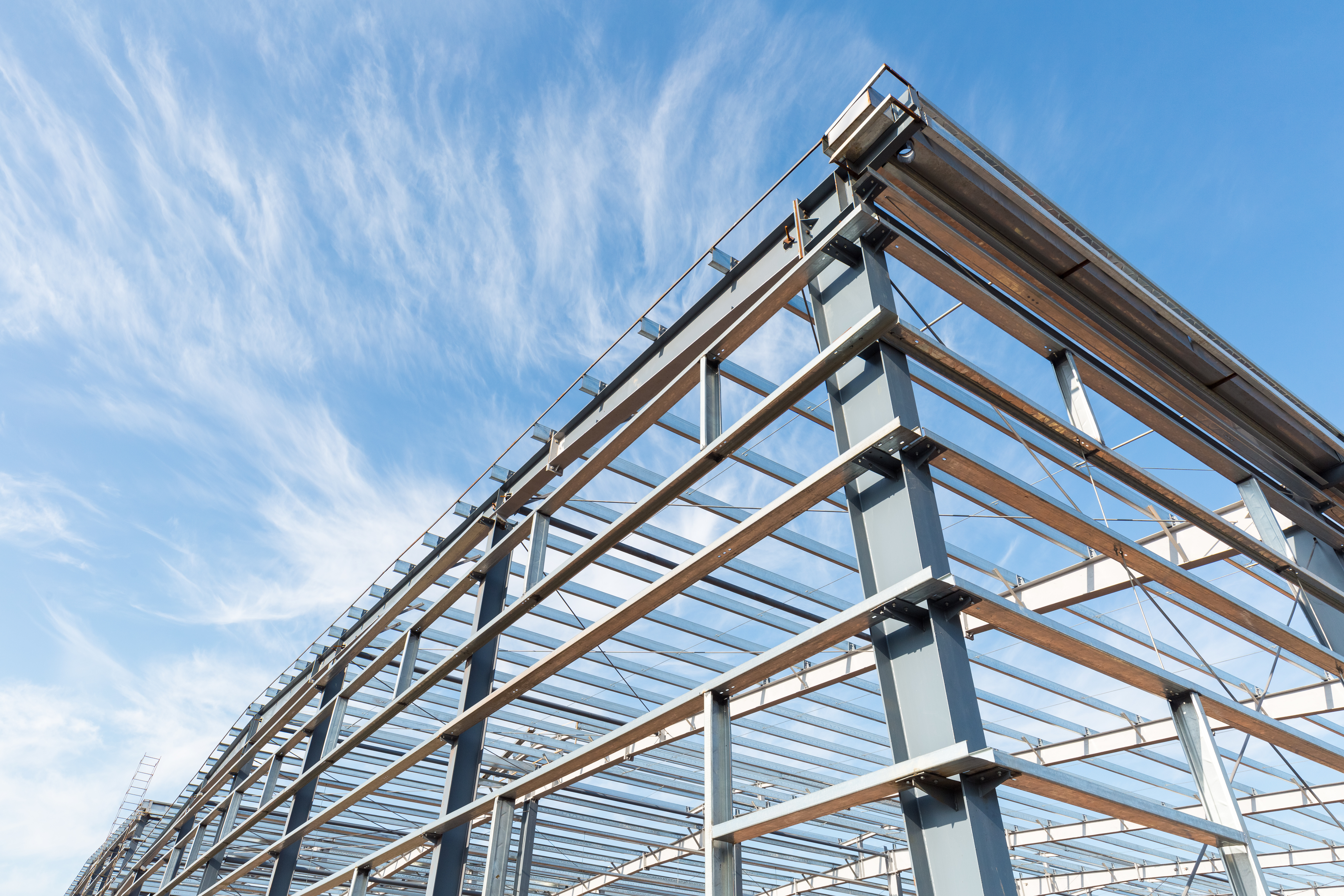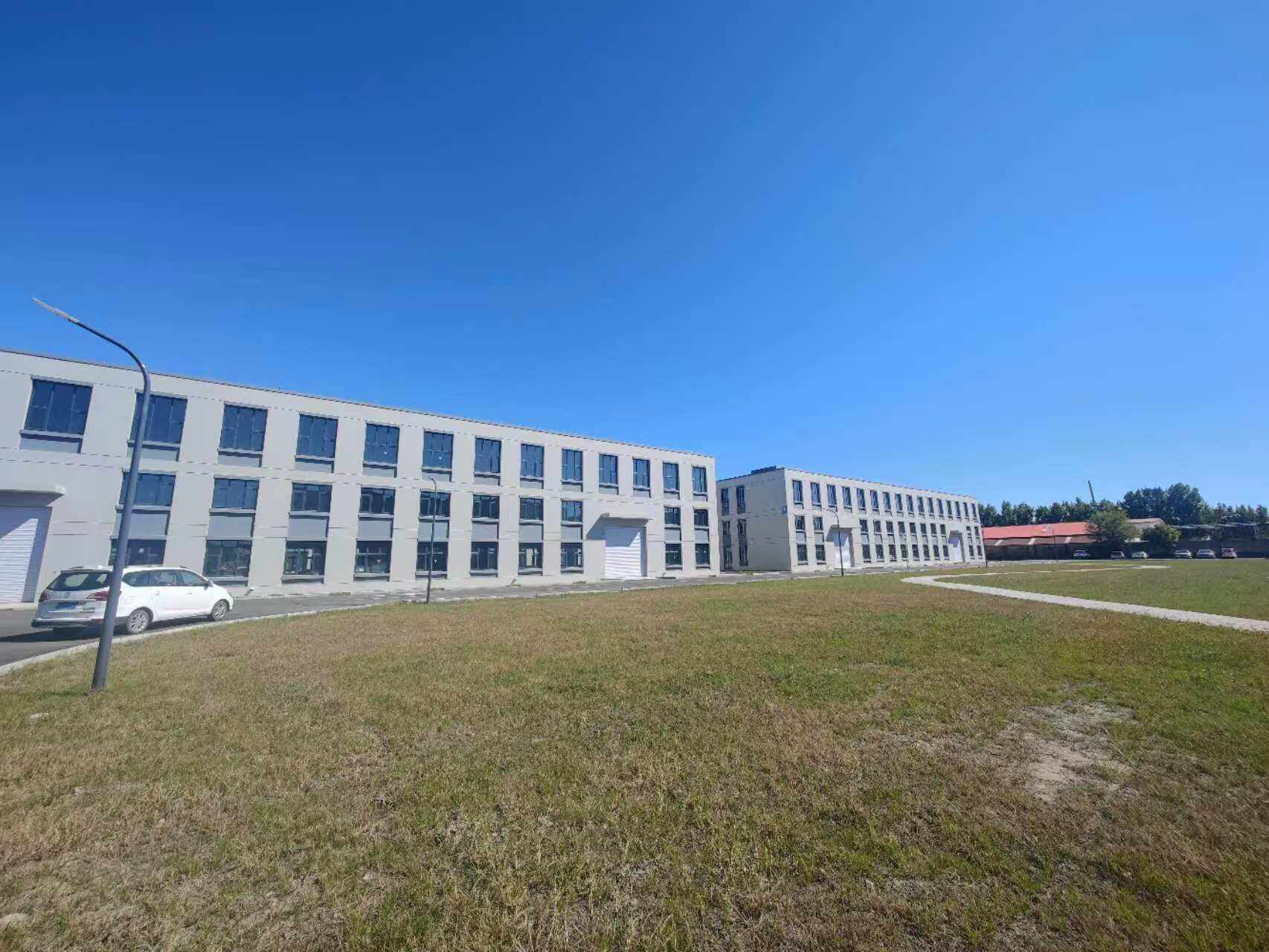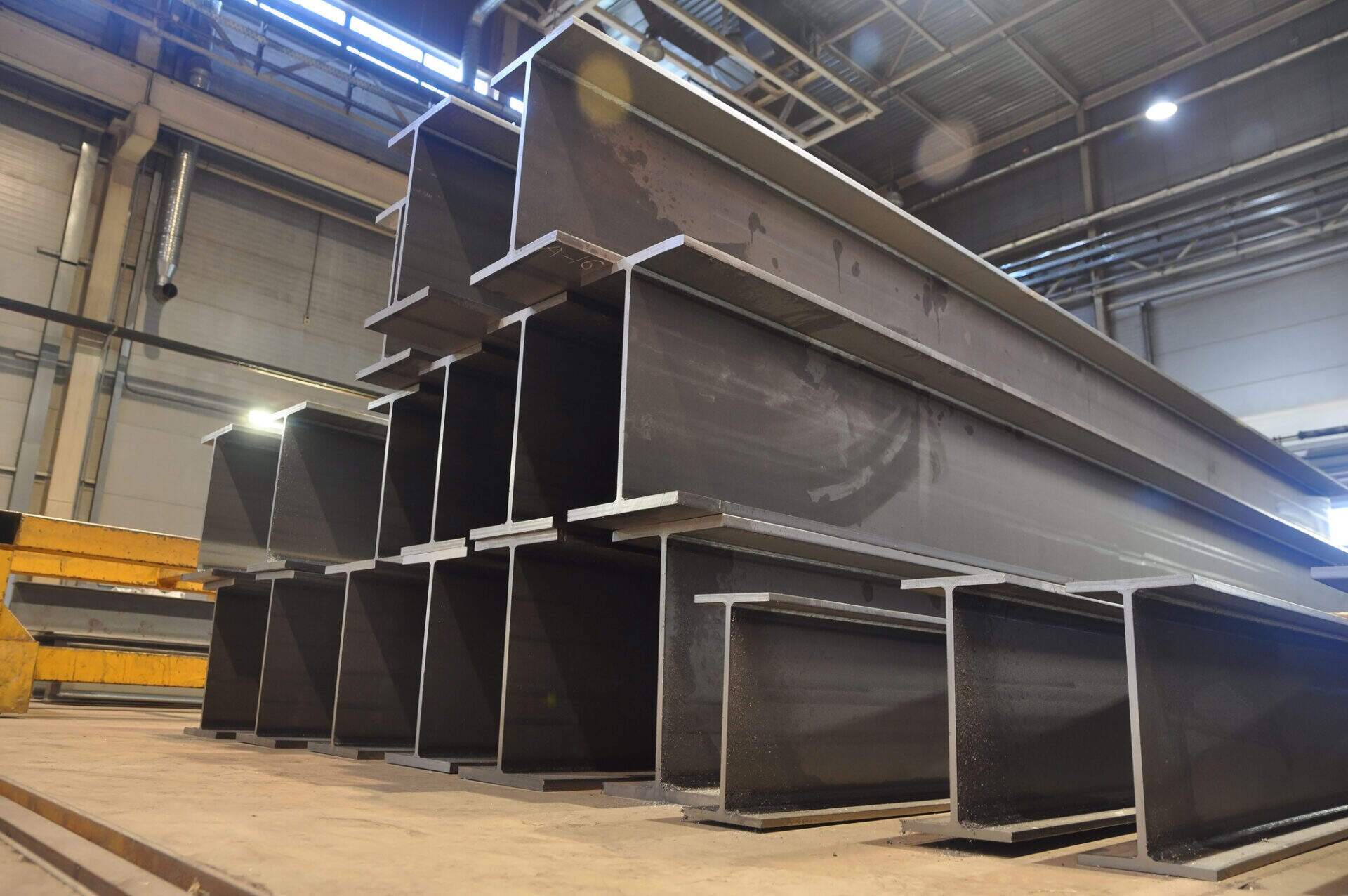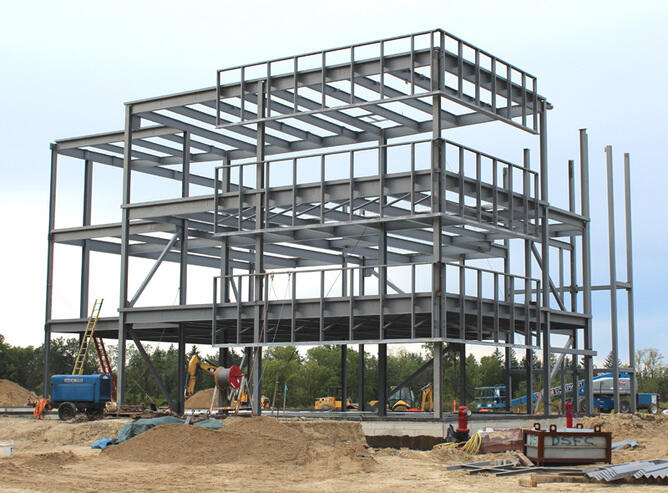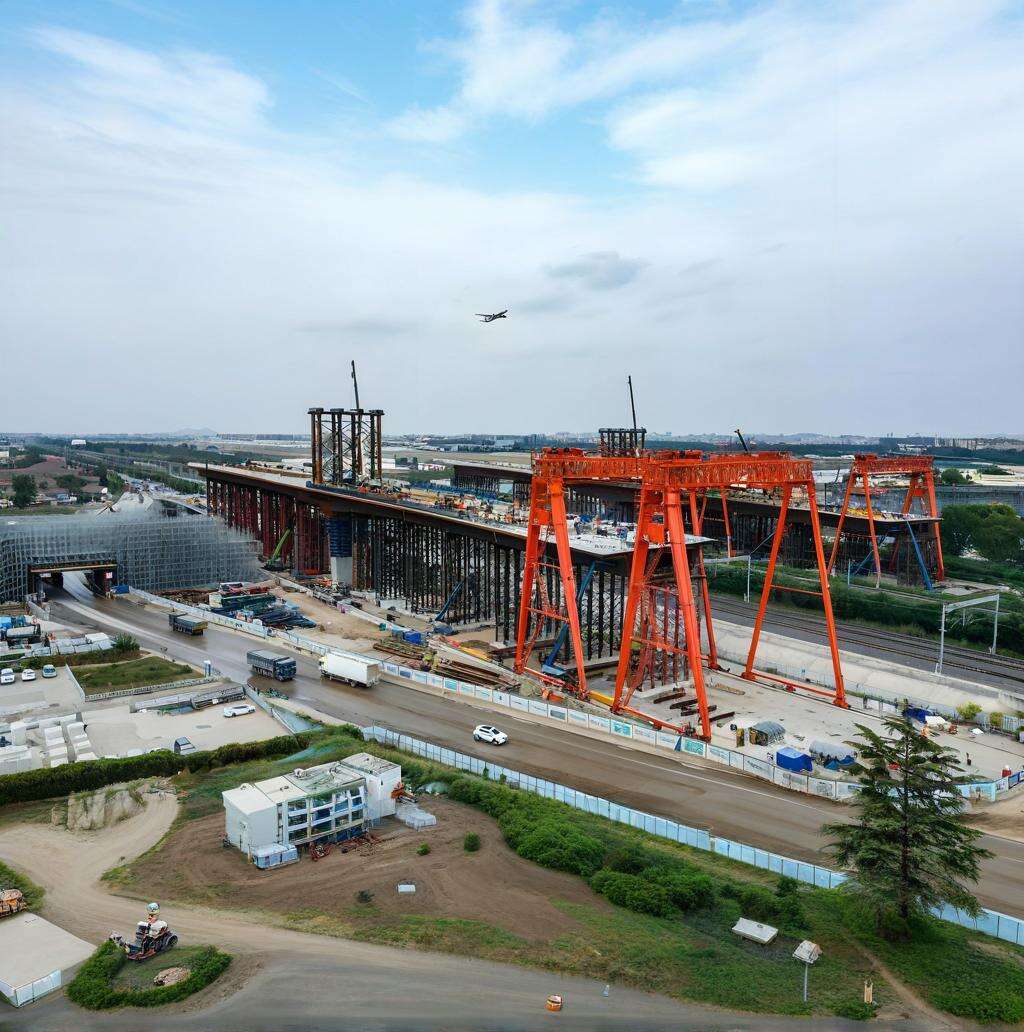Versatile Design Applications
Steel truss bridges showcase exceptional versatility in their design applications, accommodating various site conditions and functional requirements. The adaptable nature of truss configurations allows engineers to customize solutions for specific project needs, whether it's spanning a wide river, crossing a deep gorge, or supporting heavy railway traffic. These bridges can be designed with different truss patterns, including Warren, Pratt, and K-trusses, each offering unique advantages for particular situations. The flexibility in design enables architects and engineers to create aesthetically pleasing structures while maintaining optimal structural performance, making steel truss bridges suitable for both urban and rural environments.






